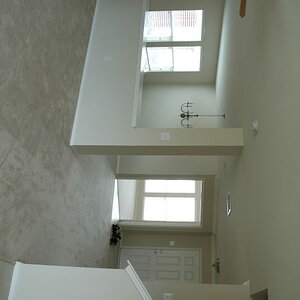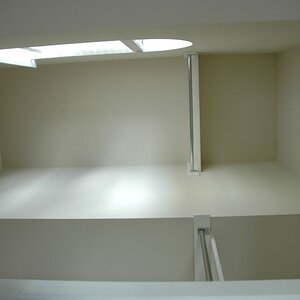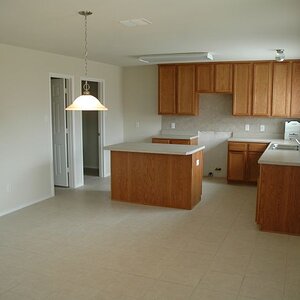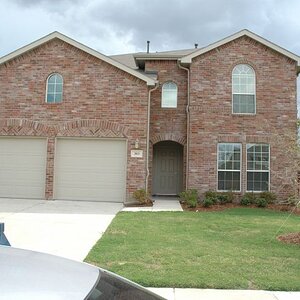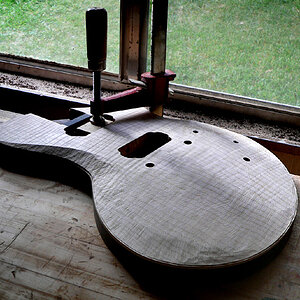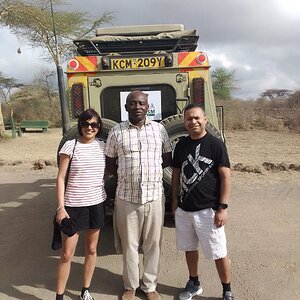- Joined
- Sep 13, 2013
- Messages
- 1,545
- Reaction score
- 636
- Location
- United States, PNW
- Can others edit my Photos
- Photos OK to edit
So what do you use?
I have asked my wife to get me the DAM book for my birthday, and I will inevitably spend some time setting up a workflow and backup practices that I currently skimp on.
I'm a database guy job wise, and backups are a part of my life - although I think images are probably different because of the workflow involved.
Anyhoo - I was curious of your devices - and although a lot of threads before this one - wanted to be "current" and up to date.
I was initially looking at a 3TB Lacie, but if that goes t1ts up, I'm screwed - so should I re-invest in a new NAS? Or go to the cloud?
Currently, I'm just working locally and time-machining to a pretty old western digital external HDD.
Thanks for stopping by, and perhaps even taking the time to respond
I have asked my wife to get me the DAM book for my birthday, and I will inevitably spend some time setting up a workflow and backup practices that I currently skimp on.
I'm a database guy job wise, and backups are a part of my life - although I think images are probably different because of the workflow involved.
Anyhoo - I was curious of your devices - and although a lot of threads before this one - wanted to be "current" and up to date.
I was initially looking at a 3TB Lacie, but if that goes t1ts up, I'm screwed - so should I re-invest in a new NAS? Or go to the cloud?
Currently, I'm just working locally and time-machining to a pretty old western digital external HDD.
Thanks for stopping by, and perhaps even taking the time to respond


![[No title]](/data/xfmg/thumbnail/36/36392-ee7dc51c9be334b9979003f6316db12e.jpg?1619737547)
